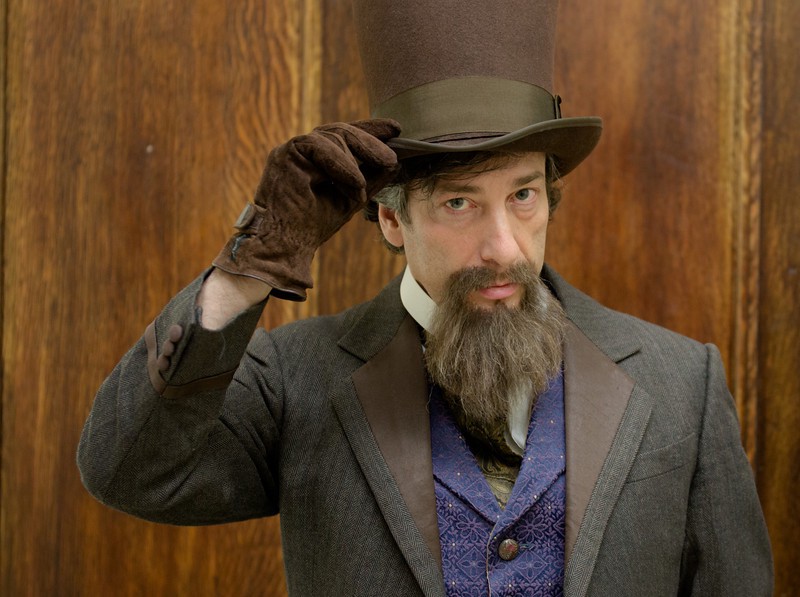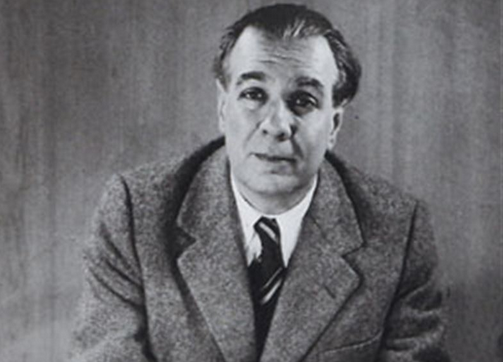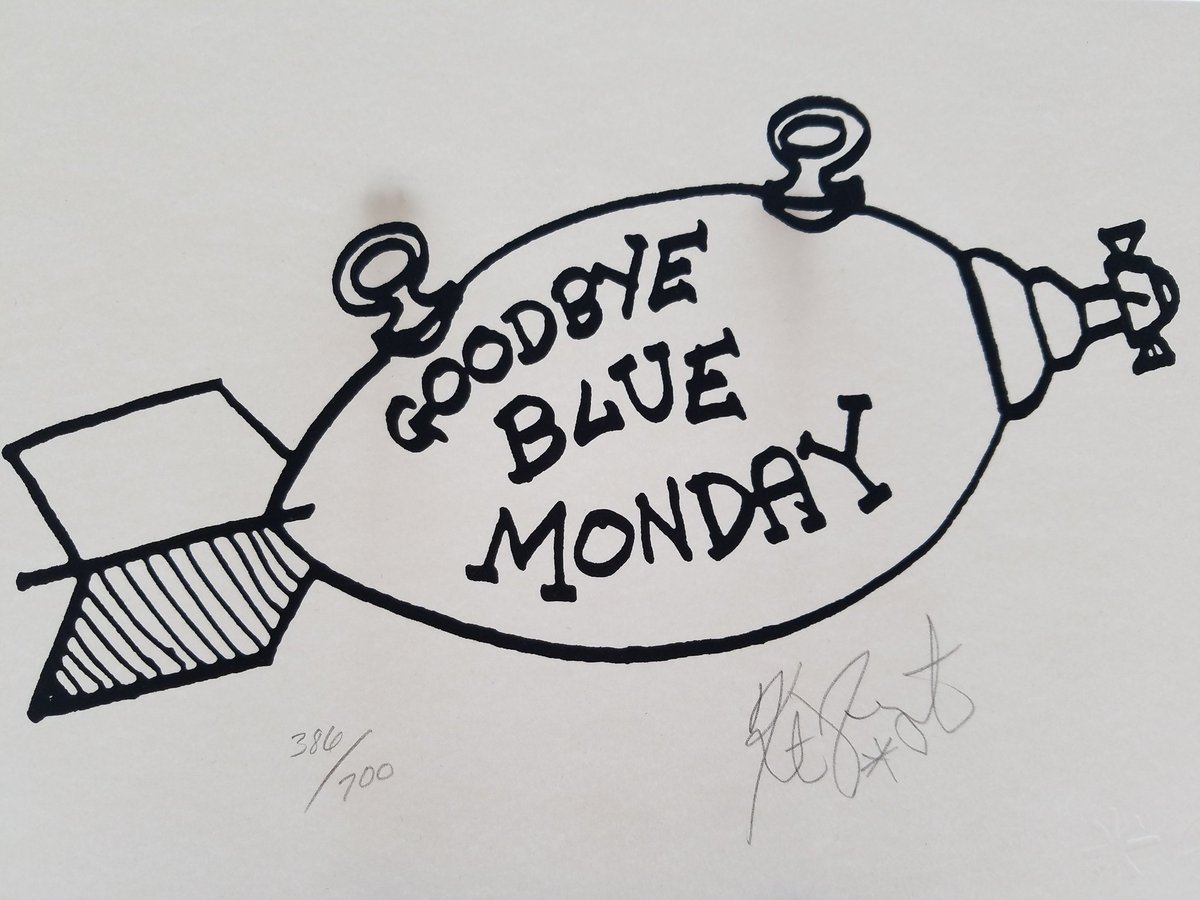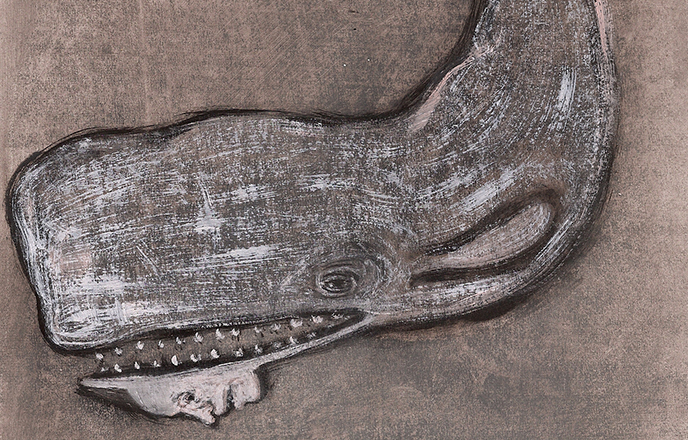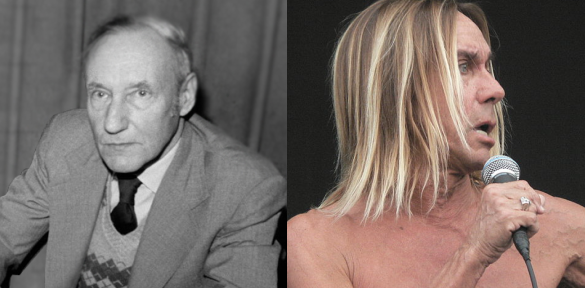Kurt Vonnegut is one of those writers whose wit, humanism and lack of sentimentality leave you hankering for more.
Fortunately, the prolific novelist was an equally prolific letter writer.
His published correspondence includes a description of the firebombing of Dresden penned upon his release from the Slaughterhouse Five POW camp, an admission to daughter Nanette that most parental missives “contain a parent’s own lost dreams disguised as good advice,” and some unvarnished exchanges with many of familiar literary names. (“I am cuter than you are,” he taunted Cape Cod neighbor Norman Mailer.)
No wonder these letters are catnip to performers with the pedigree to recognize good writing when they see it.
Having interpreted Shakespeare, Ibsen, and Ionesco, book lover Benedict Cumberbatch obviously relishes the straightforward ire of Vonnegut’s 1973 response to a North Dakota school board chairman who ordered a school janitor to burn all copies of Slaughterhouse-Five assigned by Bruce Severy, a recently hired, young English teacher.
In addition to Slaughterhouse-Five, the board also consigned two other volumes on the syllabus — James Dickey’s Deliverance and an anthology containing short stories by Faulkner, Hemingway and Steinbeck — to the fire.
Revisiting the event, the Bismarck Tribune reports that “the objection to (Slaughterhouse-Five) had to do with profanity, (Deliverance) with some homosexual material and the (anthology) because the first two rendered all of Severy’s choices suspect.”
A decade later, Vonnegut also revisited the school board’s “insulting” objections in the pages of the New York Times:
Even by the standards of Queen Victoria, the only offensive line in the entire novel is this: ”Get out of the road, you dumb m(———–).” This is spoken by an American antitank gunner to an unarmed American chaplain’s assistant during the Battle of the Bulge in Europe in December 1944, the largest single defeat of American arms (the Confederacy excluded) in history. The chaplain’s assistant had attracted enemy fire.
Word is Vonnegut’s letter never received the courtesy of a reply.
One wonders if the recipient burned it, too.
If that 50 year old letter feels germane, check out Vonnegut’s 1988 letter to people living 100 years in the future, a little more than 50 years from where we are now.
In many ways, its commonsense advice surpasses the evergreen words of those it namechecks — Shakespeare’s Polonius, St. John the Divine, and the Big Book of Alcoholics Anonymous. The threat of environmental collapse it seeks to stave off has become even more dire in the ensuing years.
Vonnegut’s advice (listed below) clearly resonates with Cumberbatch, a vegan who leveraged his celebrity to bring attention to the climate crisis when he participated in the Extinction Rebellion Protests in London.
1. Reduce and stabilize your population.
2. Stop poisoning the air, the water, and the topsoil.
3. Stop preparing for war and start dealing with your real problems.
4. Teach your kids, and yourselves, too, while you’re at it, how to inhabit a small planet without helping to kill it.
5. Stop thinking science can fix anything if you give it a trillion dollars.
6. Stop thinking your grandchildren will be OK no matter how wasteful or destructive you may be, since they can go to a nice new planet on a spaceship. That is really mean, and stupid.
7. And so on. Or else.
Vonnegut, who died in 2007 at the age of 84, never lost his touch with young readers. Who better to recite his 2006 letter to his fans in New York City’s Xavier High School’s student body than the ever youthful, ever curious actor and activist, Sir Ian McKellen?
Cumberbatch is a wonderful reader, but he’d require a bit more seasoning to pull these lines off without the aid of major prosthetics:
You sure know how to cheer up a really old geezer (84) in his sunset years. I don’t make public appearances any more because I now resemble nothing so much as an iguana.
Now if only these gents would attempt a Hoosier accent…
Related Content
Benedict Cumberbatch Reads Nick Cave’s Beautiful Letter About Grief
Watch Sir Ian McKellen’s 1979 Master Class on Macbeth’s Final Monologue
Benedict Cumberbatch Reads “the Best Cover Letter Ever Written”
- Ayun Halliday is the Chief Primatologist of the East Village Inky zine. Its current issue celebrates Kurt Vonnegut’s centennial. Her most recent books are Creative, Not Famous: The Small Potato Manifesto and Creative, Not Famous Activity Book. Follow her @AyunHalliday.
